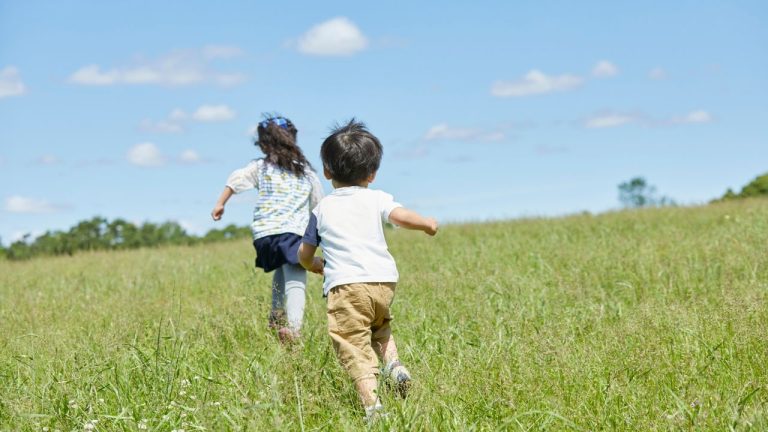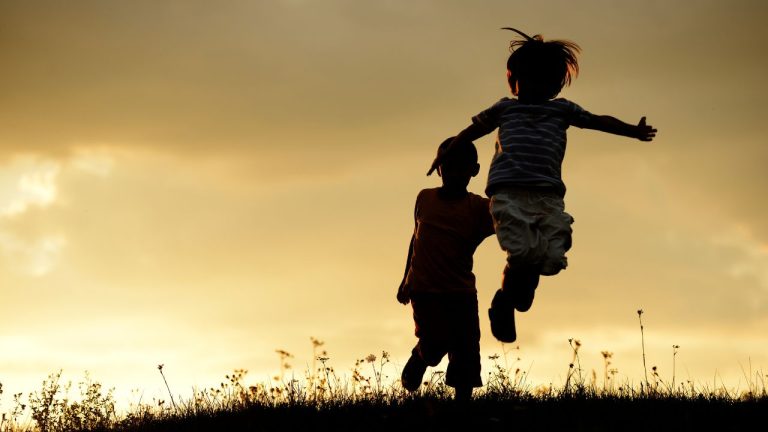🌿 A Green Childhood Protects the Mind: Danish Study Finds Contact with Nature Reduces Risk of Depression by 55%
Children who grow up surrounded by greenery are far less likely to suffer from depression, anxiety, or stress in adulthood. Danish scientists analyzed data from nearly one million people — and came to a surprisingly simple conclusion: the more trees, the healthier the mind.
900,000 children, one message: nature heals
Researchers from Aarhus University in Denmark analyzed data from over 900,000 citizens born between 1985 and 2003. Using satellite images, they measured how much green space surrounded each participant’s home during childhood, and compared it with medical records documenting psychiatric diagnoses.
The findings were striking: children who grew up in the greenest environments had up to a 55% lower risk of developing psychiatric disorders — including depression, anxiety, schizophrenia, and post-traumatic stress — than those who spent their childhoods surrounded by concrete.
Nature acts as a natural antidepressant
According to the researchers, contact with nature benefits mental health on many levels. Green surroundings lower cortisol levels (the stress hormone), encourage physical activity, improve concentration, and strengthen social bonds.
“Nature teaches us calm. It offers space for recovery, and helps children develop emotional self-regulation,”
says Professor Kristine Engemann, co-author of the study at Aarhus University.
The team also pointed out that green environments mean less exposure to noise, pollution, and overcrowding — all of which are linked to poorer mental health.
Concrete makes us sick, greenery heals
The authors warn that urbanization and digital lifestyles are distancing children from nature. In many cities, green space is a luxury rather than a daily experience — limited to a short walk between buildings or an annual vacation.
The Danish study suggests that urban planning must treat green areas as essential infrastructure, not decoration. Parks, street trees, community gardens, and green schoolyards are public health investments, not aesthetic extras.
The best prevention? A walk in the park
Although the research was conducted in Denmark, its message is universal. Wherever we live, children need nature to grow up healthy — emotionally and physically. Even a few hours a week outdoors can lower stress, boost mood, and improve attention.
“Contact with nature should be treated as daily mental hygiene — just as important as sleep or a healthy diet,”
the study’s authors emphasize.
What parents and policymakers can do
For parents, the takeaway is simple: let children run on the grass, climb trees, and get their hands dirty. For city planners and policymakers — it’s time to recognize greenery as a tool for public mental health, not a luxury.
Because as the Danish data show, more trees mean less depression — and a healthier society.
Based on the study “Residential green space in childhood is associated with lower risk of psychiatric disorders from adolescence into adulthood,” published in PNAS (Proceedings of the National Academy of Sciences, 2019) by researchers from Aarhus University: Kristine Engemann, Carsten Bøcker Pedersen, Lars Arge, Constantinos Tsirogiannis, Preben Bo Mortensen, Jens-Christian Svenning. Proceedings of the National Academy of Sciences (PNAS), Volume 116, Issue 11, 2019.







